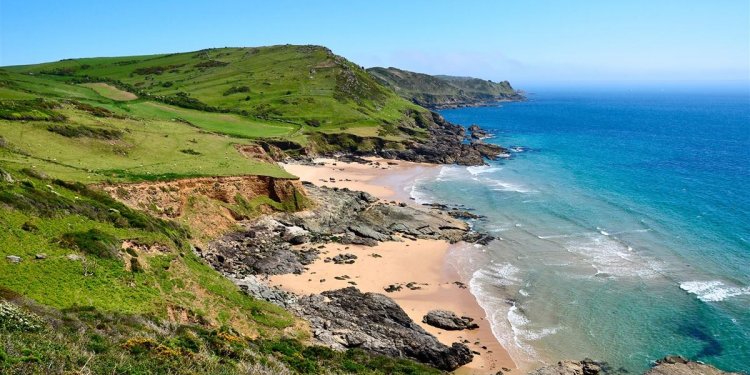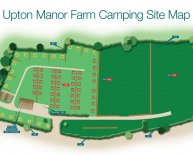
Campsites in Dartmouth
 The Dartmouth Outing Club encourages many people to “get out” and enjoy the wilderness. We have an obligation to educate ourselves and others in order to protect the very environment we promote and use. We should adhere to the Leave No Trace (LNT) principles developed by the National educational program. Water pollution, litter and disturbance to vegetation, wildlife and other visitors are indicators of the need to develop a national ethic that protects wild and scenic areas. The following principles and guidelines will limit our impact when we travel and use the Northeast’s mountains, lakes and rivers.
The Dartmouth Outing Club encourages many people to “get out” and enjoy the wilderness. We have an obligation to educate ourselves and others in order to protect the very environment we promote and use. We should adhere to the Leave No Trace (LNT) principles developed by the National educational program. Water pollution, litter and disturbance to vegetation, wildlife and other visitors are indicators of the need to develop a national ethic that protects wild and scenic areas. The following principles and guidelines will limit our impact when we travel and use the Northeast’s mountains, lakes and rivers.
Plan Ahead and Prepare
Carefully designing your trip to match your expectations and outdoor skill level is the first step in being prepared. If you do not have a tent, stove or proper clothing to stay warm and comfortable in unexpected poor weather, you may be forced to build fires inappropriately, overcrowd shelters, or disregard fragile vegetation while setting up camp to get out of the elements. While impact concerns are clearly secondary to visitor safety, careful planning can go a long way toward ensuring that trade-off between these two are unnecessary.
Know the area and what to expect. Consult this guide as well as others that are more specific to your type of trip. Talk with other club members or land managers about the character and popularity of your intended destination. Many wildland areas suffer from overuse — visiting alternative locations can often provide a better backcountry experience. Obtain any appropriate permits or landowner’s permission before your trip begins. For safety’s sake, know emergency phone numbers and tell someone back home where you’re going and when you’ll return.
If the area you plan to visit is popular, expect to see other hikers along the route. Plan to camp in properly located campsites or in established lean-to or cabin-style shelters. Keep in mind that shelters and campsites are usually offered on a first come, first served basis, so always carry your own shelter just in case, and know how or where to locate other appropriate campsites. Check for any helpful information posted at the trailhead.
Only venture off-trail if you are prepared to practice stringent Leave No Trace techniques. On some public and private lands, camping outside of designated campsites is not allowed.
Keep group size to ten or fewer to reduce impact and supervision needs of group leaders. Consider splitting into hiking groups of four to six people by day, taking different routes during the hike. If group sites or facilities are available in any backcountry area, use them. Leave smaller camps and less frequented areas for smaller parties seeking solitude and a more primitive experience. Noise, visibility, and the imposing feeling imparted by large groups are all impacts that can be reduced.
Try to plan your trip to avoid wet and muddy conditions when trails are fragile and rapidly impacted by hikers. Use extra care in alpine zones by staying on the trail, and never build fires or camp there.
Select appropriate equipment. Lightweight stoves, free standing tents and collapsible water carriers allow the flexibility to camp on the most impact-resistant sites available. Gaiters that protect your feet and boots enable you to hike within the treadway of the trail even when it’s wet or muddy. A small garden trowel is almost indispensable for digging a minimum impact cathole to bury human waste.
Brightly colored tents, packs and clothing may look attractive, but stand out in the backcountry, thus contributing to a crowded feeling. To minimize your visual impact, select earth-toned clothes and equipment (during hunting season, blaze orange is a safety-related exception to this).
Ski poles, walking sticks, ice axes and crampons can all be useful aids on Northeastern trails, but can contribute to trail widening and degradation if used outside the trail, or when not needed. Axes, hatchets and saws are not needed for Leave No Trace camping in the backcountry.
Camp and Travel on Durable Surfaces
Wherever you hike or camp, it is best to use surfaces that are durable or highly resistant to impact. In most areas these surfaces include trails and “established” or commonly used campsites. If you venture off-trail, you’ll need to seek other durable surfaces for hiking and camping. These include rock, sand, gravel, snow, pine needles, and leaf litter.
In alpine areas walk only on the trail or on exposed rock. Many types of alpine vegetation are extremely fragile, and damage is usually long-term. Harsh growing conditions and thin soils provide challenge enough for alpine plants. In the Northeast, almost without exception, it is never appropriate to camp in alpine zones. These beautiful, scarce and heavily traveled areas need our care if they are to remain healthy.
Choose an established campsite away from trails and water. Since recommended distances vary, use 200 feet as a guideline. For most adults this is seventy to eighty normal walking steps.
Pack It In, Pack It Out
Trash and litter have no place in the backcountry. It is a simple commitment to pack out all that we pack in, and to encourage others to do the same. In addition, we can show good stewardship by carrying an extra trash bag to help carry out litter others have left. This is a small burden, and you can be proud of your efforts.
Reduce litter at the source. When preparing for your trip, repackage food into reusable plastic bags or containers, remove any excess packaging and eliminate glass bottles and jars. This simple practice lessens the chance that you will inadvertently leave litter behind.
Dispose of trash and garbage properly. “Trash” is the nonfood waste brought into the backcountry, usually from overly packaged products. Trash is often lined with non-combustible foil or plastic. Burning it often results in residual litter and food odors that attract animals. For these reasons, pack out all trash. Never dispose of trash in outhouses. Doing this leaves it for others to take care of, and creates a large and costly management burden.
Small pieces of trash such as twist-ties and candy wrappers often fall out of pockets and litter the backcountry. Unwrap snack foods at home and bag them in bulk. In the woods, put scraps of trash in a small bag kept handy just for this problem.












